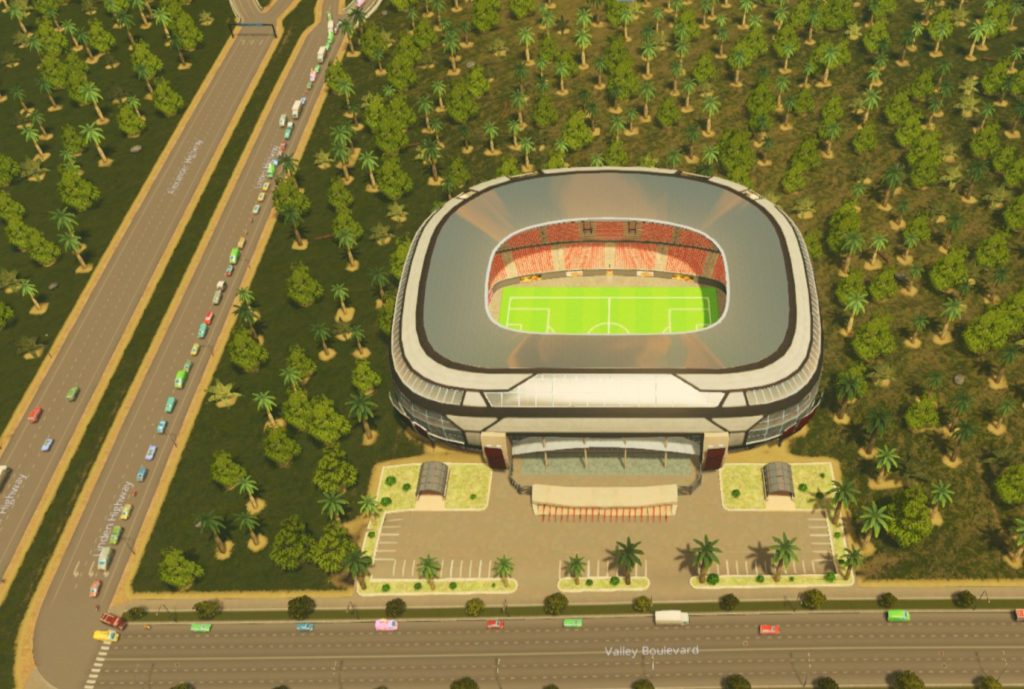 A reoccurring theme in our questions is the discussion of the unknowns, how do we go about making the right infrastructure decisions, what are questions we need to ask and find answers to.
A reoccurring theme in our questions is the discussion of the unknowns, how do we go about making the right infrastructure decisions, what are questions we need to ask and find answers to.
We can use as an example the recent and exciting debates over the efficacy of tearing down and rebuilding various stadia in NSW. Setting aside the significant politicking associated with announcements, defending decisions, backflips and the like; the following is clear:
The policy(1) of the NSW government state:
“[W]orld class facilities and ensure Sydney remains the major events capital of Australia.”
“[C]ritical to attracting big-ticket events and visitors, maintaining a strong NSW brand and generating social and economic benefits.” The cost-benefit ratio for the projects hover around 0.6, meaning there is a net cost to the community for generating the benefits.
“[E]nables NSW to bid for and host a wider range of events.” Also at net cost to the community.
The residents of NSW did not believe these are worthy goals, certainly not at the anticipated cost. A petition for reviewing the decision gathered over 200,000 supporters including the Lord Mayor of Sydney (2).
It is certainly not clear how these projects “support liveability for the people of NSW.”, another stated benefit of the projects.
An additional interesting item is reported that “When cabinet first approved the government’s policy of building two stadiums at a cost of more than $2 billion last November, ministers were told the BCR for Allianz was 0.6; potentially up to 0.8 if the value of the asset when it was not being used was counted.” (3) From an Infrastructure Decision Making perspective this is troubling as it indicates that the asset is significantly idle, but more importantly, that ministers may be encouraged to think of cost benefit analysis as flexible, that an idle asset returns value to the community.
Sydney’s Lord Mayor is also reported as stating “she still had not seen a comprehensive business case for rebuilding or remodelling the stadiums.” (4)
From the reaction to the announcements and the public response it is clear:
- The decision-making process for replacing the stadia was not sufficiently robust to withstand the weight of cursory public scrutiny.
- The achievement of benefits that exceed the cost of the project is not a significant motivator for decision makers.
- Claimed financial benefits from policy could not be substantiated.
My question, posed by Rob Didcoe, is “What information can we provide that will allow politicians to make the best possible decisions on behalf of the community?”
1. https://sport.nsw.gov.au/aboutus/OOS/SIG/nsw-stadia-network
2. https://www.change.org/p/premier-berejiklian-stop-nsw-government-wasting-2b-rebuilding-sfs-olympic-stadiums
3. https://www.theaustralian.com.au/national-affairs/state-politics/gladys-berejiklian-crunching-the-numbers-for-stadiums-rebuild-funding/news-story/4c830abd5b2087047c0a3d28d956c972
4. https://www.abc.net.au/news/2018-03-29/nsw-government-backs-down-on-stadiums-backdown/9600654
 Yesterday I posted IDM in Pictures 3/12. IDM stands for Infrastructure Decision Making. You can think of IDM either as the next stage after strategic asset management or as an intermediary stage between 20th century physical infrastructure and a 21st century that will be increasingly cyber or cyber augmented, but the shape of which we do not yet know. Infrastructure decision making is about asking those questions that will help us make the adjustments we will need to make.
Yesterday I posted IDM in Pictures 3/12. IDM stands for Infrastructure Decision Making. You can think of IDM either as the next stage after strategic asset management or as an intermediary stage between 20th century physical infrastructure and a 21st century that will be increasingly cyber or cyber augmented, but the shape of which we do not yet know. Infrastructure decision making is about asking those questions that will help us make the adjustments we will need to make.
For example, consider the rise of e-sports, a.k.a competitive video gaming. What impact might this have – on physical sports and on our sports infrastructure? Already a $1.5 billion business, it is increasing at 30% p.a. and projected to continue this rate of growth for at least the next five years. How many of our recent stadiums and those now being built have factored in this rate of growth for e-sports – and the possible concommitant impact on physical sports? So far it has mainly affected Asia and North America. However Australia joined the excitement early this year with major tournaments in Melbourne and Sydney. Do our current sports stadiums lend themselves to housing these events? The physical requirements of e-sports in Sydney (pictured) required the design and construction of a purpose-built elevated stage housed in a movie theatre complex. E-sports require high speed internet access and present high intensity light shows, music, dancing along with the video gaming competition. In Asia and North America they can attract crowds of 100,000.
In times of uncertainty we often seek comfort in resorting to what we have always done and are therefore confident that we know how to do. This may give temporary relief from the stress of the unknown but it only pushes the decision making further out whilst making the decisions harder when they come due again, and this is likely to be much sooner than we think. The consequence of doing this in the recent past may be why we are now hearing the term ‘playing catch up’ from our political pundits like Jeff Kennett. I don’t like this term, or the idea it implies. Why catch up when by the time that we do, what we are catching up with will already have passed?
The earlier we pay attention to future issues and start thinking – and talking- about the changes needed – in mindset, technology, principles and practices – the easier our adjustment task will become.

Recent Comments